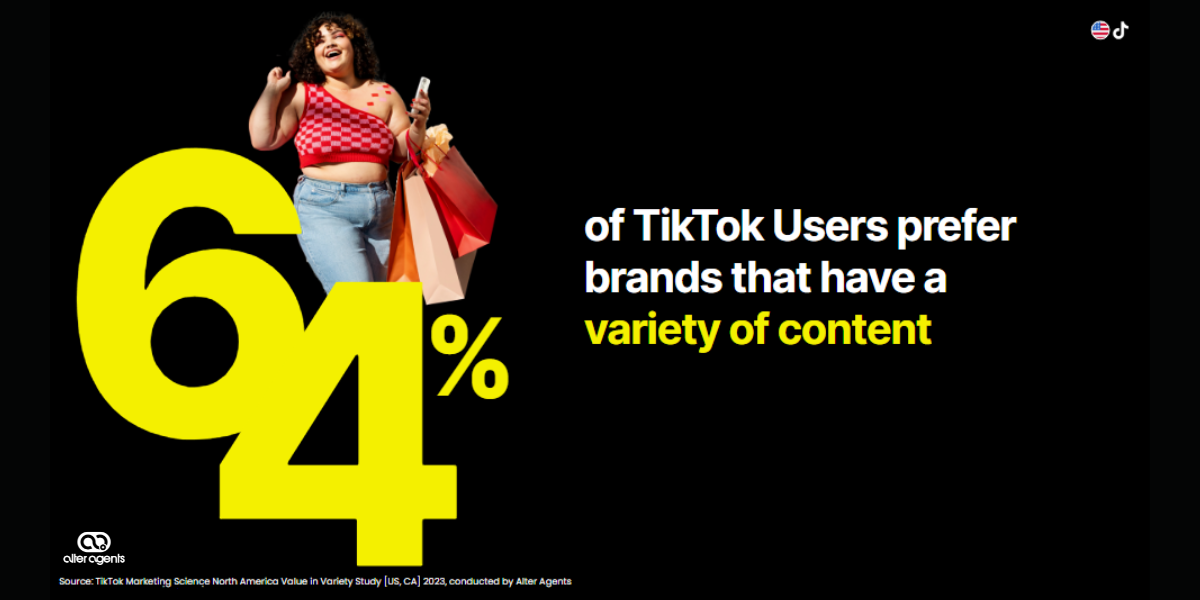
Swipe and Save: Relevancy Rules With Loyalty Programs
New insights to help grocers incentivize today’s shoppers.
Back in the day, supermarket loyalty programs consisted of your local grocer tearing off a row of “you lick” stamps based on your purchase amount to fill a grid sheet. Each filled sheet provided discounts on certain items on your next shopping trip. Remember licking those nasty little guys for your mom? While grocery loyalty programs are a lot less work these days, consumers understand that by joining a loyalty program they are granting the retailer access to their information and they want something of value in return.
These programs are so widespread that nearly all major chains offer them, and people sure don’t mind joining them. Colloquy’s biennial report on the scope of U.S. customer rewards programs shows that American households are active in about 12 loyalty programs on average although they hold memberships in approximately 29 loyalty programs spread among the retail, financial services, travel and various other economic sectors.
However, many of these programs are still only focused on transactions and miss the bigger opportunity to create meaningful, lasting relationships with customers – which may explain the discrepancy in loyalty program activity. Customers want to establish emotional connections with brands. The value customers are looking for requires a mix of personalization, exclusivity and engagement across channels and brand touchpoints.
In a recent study we conducted with digital incentive provider Virtual Incentives, we collected data from several hundred U.S. residents who had participated in loyalty programs. Our research found that these programs are effective – in more ways than one. Fifty percent of our respondents reported changing their behavior based on incentives. Consumers will buy more or different items, or even shop a different store based on these programs.
Thought Leadership Updates
Get updates in your email.






